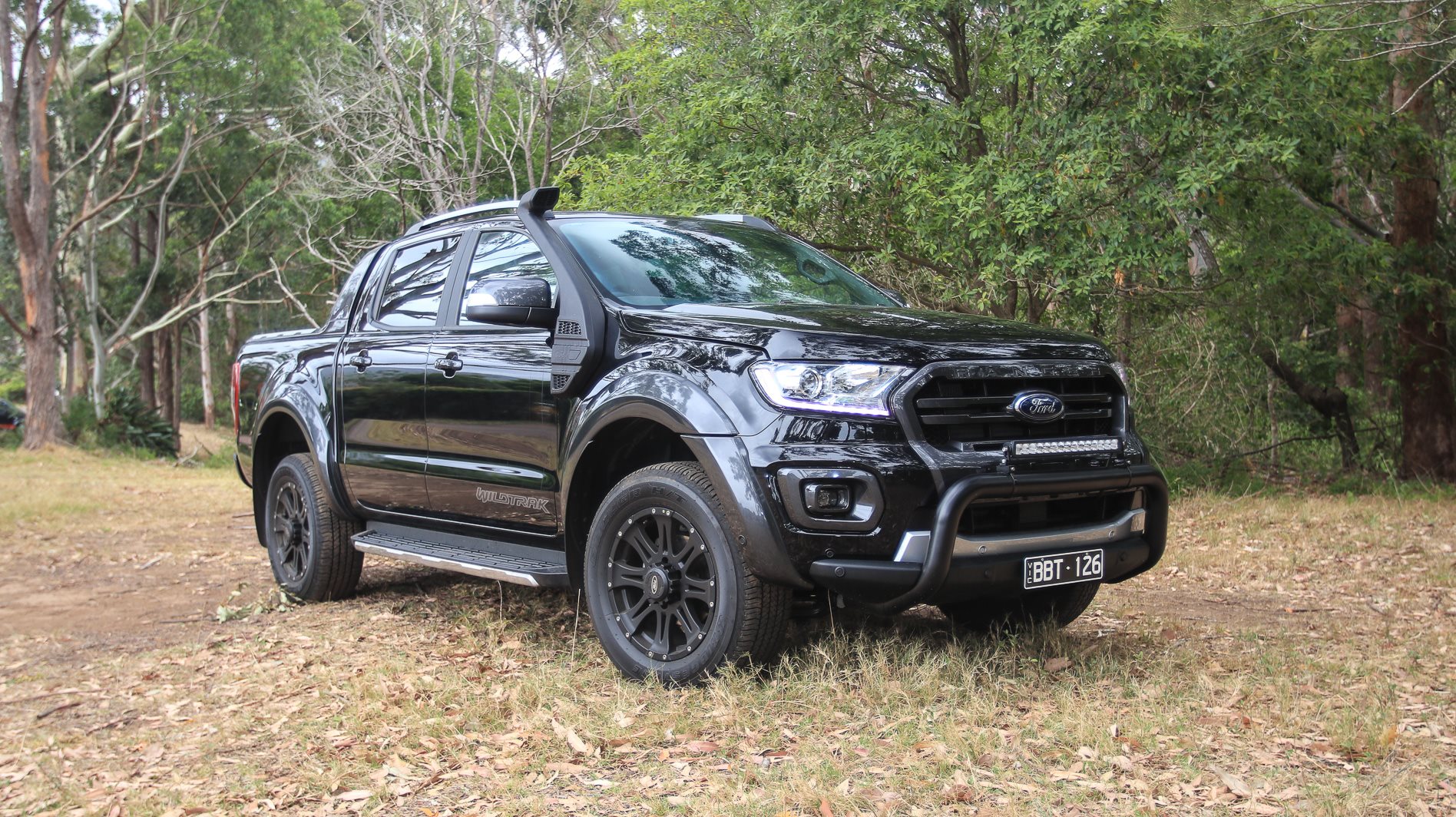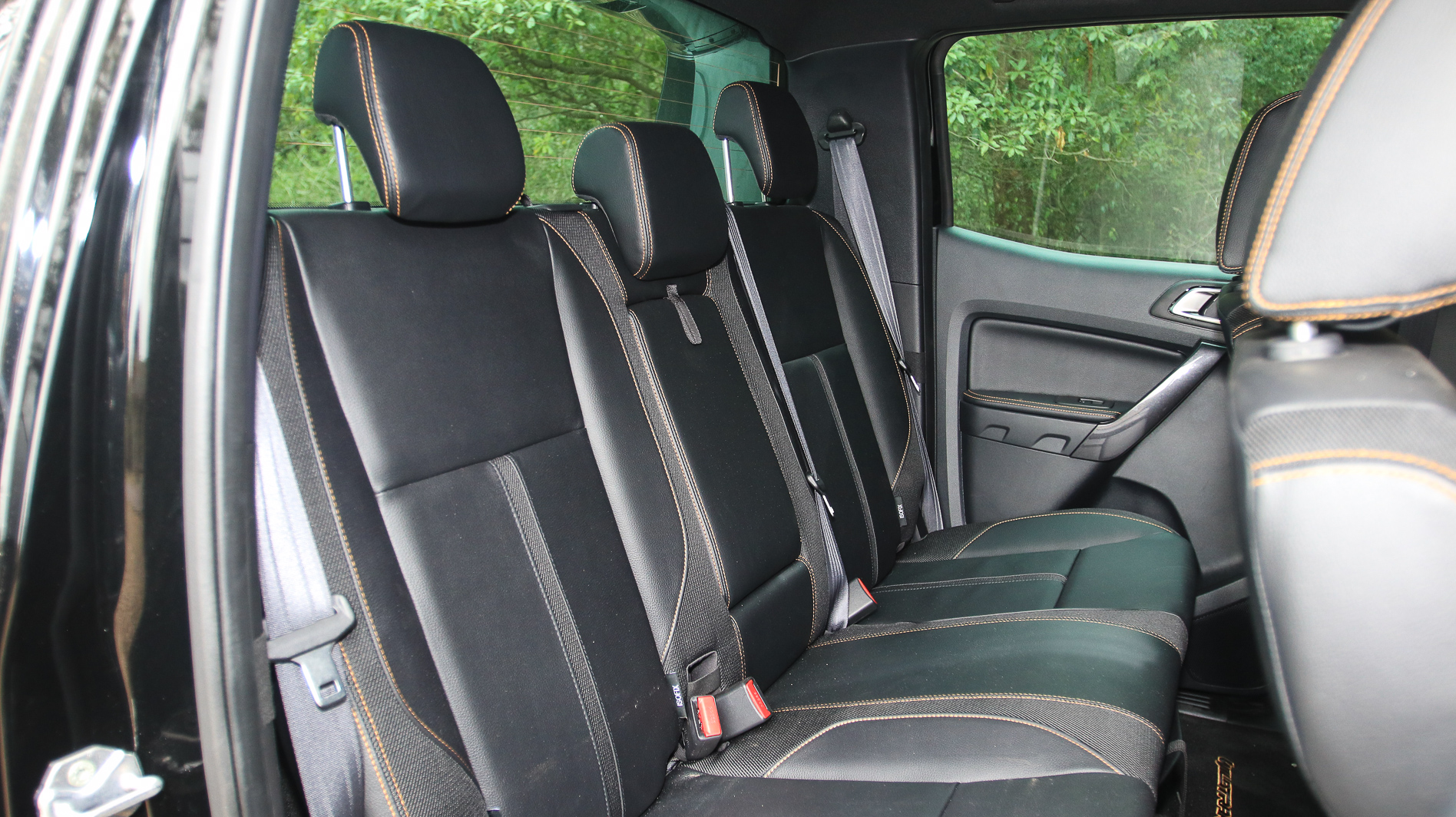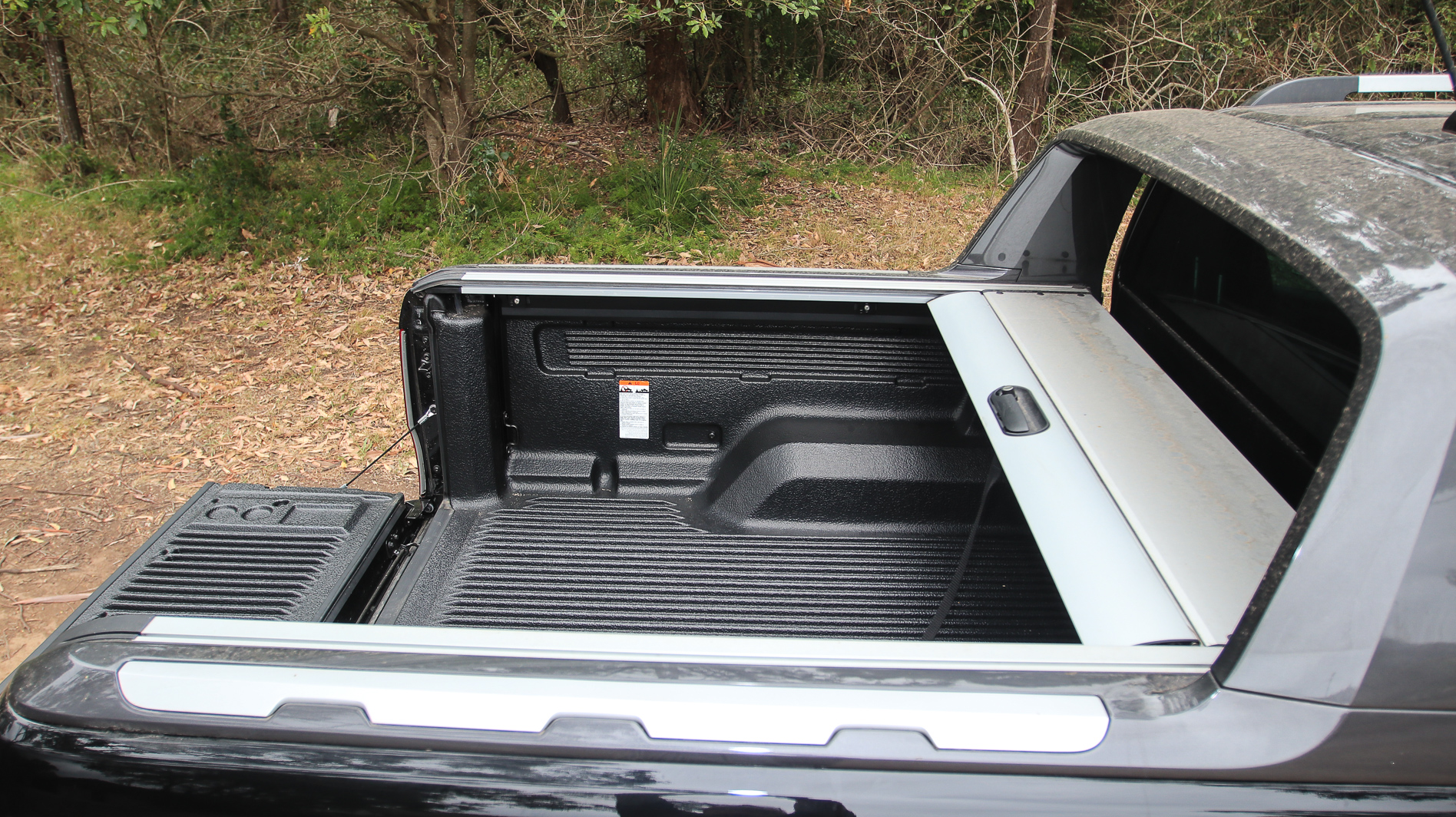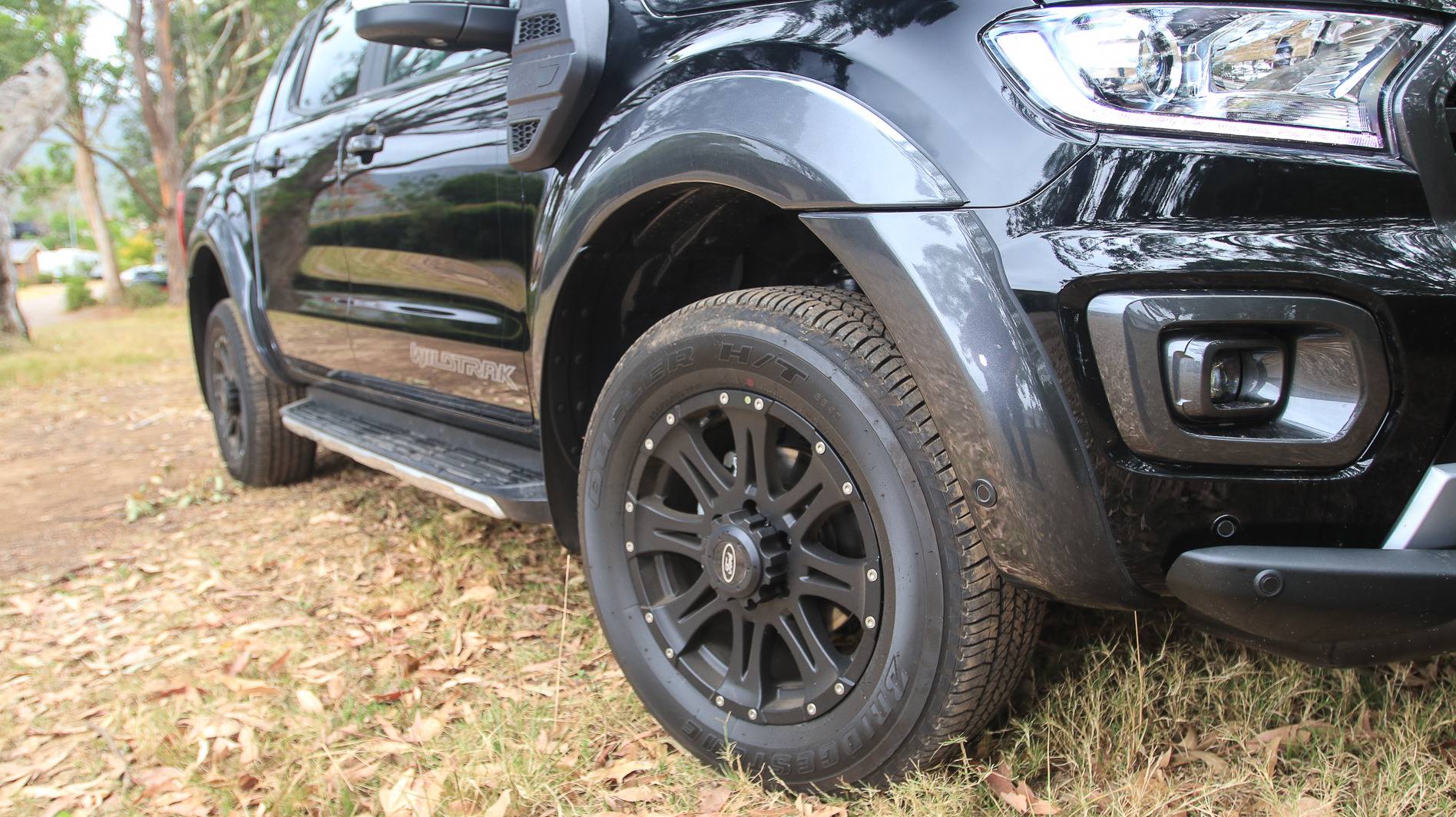
What is the Ford Ranger Wildtrak X?
It’s taken Ford’s Ranger 4×4 dual-cab just five years to catch up to – and to occasionally beat – the formerly all-dominant Toyota HiLux in the minds and hip pockets of Australian buyers.
And on the back of news that Ford wants to add V8 power to the Australian-designed Ranger, and with a bold new look on the horizon, it’s certainly on a roll.
The Wildtrak previously topped the local Ranger line-up until the arrival of the racy Raptor, so Ford has upped the ante by building a limited-edition version which ostensibly adds more off-road chops to the 4WD dual-cab. But is it worth the extra coin?
What is the Ford Ranger Wildtrak X like to live with?
Ford updated the T6 Ranger in 2018, adding more safety gear, the industry’s only self-parking kit for a dual-cab ute and a 2.0-litre, twin-turbo diesel/ten-speed automatic transmission powertrain.
Our 3.2-litre five-cylinder tester is one of 1000 that Ford will sell, and it uses Ford’s tried and true six-speed auto to send drive to the 4×4 system… but if you want a manual version of the Wildtrak X, you’re out of luck.
Inside, the Ranger is, as has been our experience in the past, comfortable for four and capable of carrying five, though the transmission tunnel cramps rear-centre seat room. Our 187cm teen complained about the shaping of the rear seats not suiting his back, but he had plenty of toe and headroom.

The huge side rails actually make ingress into the Ranger harder than it needs to be, though once aboard the Ranger, it’s a good place to work or play in. The Sync 3 multimedia system makes connecting a smartphone easy, while the Ranger will also detect a trailer when it is attached, modifying the on-screen graphics on the reversing screen to suit.
It also offers trailer sway control, which will nip up the brakes and kill spark to the engine if your trailer gets a bit of a shimmy on.
Marks off, though, for the roller shutter-style cargo cover (below). It’s both awkward and heavy to operate, while also stealing valuable length away from the 1549mm by 1560mm tray. A plastic tub liner is also added, but it too also reduces the internal dimensions of the tray by quite a few millimetres.

What’s the Ford Ranger Wildtrak X like to drive?
The Wildtrak X, unsurprisingly, drives exactly as the 2018 update does. Ford retuned the front coil and rear leaf spring-based suspension at the time for more around-town compliance, and it’s done a good job of it.
An unladen leaf-sprung ute’s rear end will skip and bounce and patter no matter how you tune the rear end, though, so even though it rides better than it used to, it’ll still feel harsh and unyielding over sharp-edged bumps.
The Ranger’s steering is light and reasonably communicative – again, for a dual-cab ute – but its 12.7m turning circle makes three-pointers a pain.
The relatively old 3.2-litre five-cylinder nail still chugs along with plenty of mid-range oomph thanks to its 470Nm torque output. The transmission can be a little laggy at lower speeds, but it can be manually overridden via the gear shifter when required.
It tows well, too; we lugged a 1800kg gross trailer and race car up and down a brace of mountain roads, and the 3500kg-capable Ranger didn’t miss a beat.
The LED light bar (below) doesn’t turn night into day, but it adds a useful punch of light into the centre of the headlight spread.

The front parking sensors are duplicated on the new nudge bar, and their sensitivity is quite irritating; even a slightly steep driveway will send them into a beeping frenzy. Fortunately, they can be turned off easily.
Is the Ford Ranger Wildtrak X worth the money?
If you’re looking for a well-equipped ute, the Wildtrak certainly fits the bill, with a full complement of active safety, automatic parking, LED headlights (but not high-beams), leather interior trim and Ford’s very good Sync 3 multimedia system with Apple CarPlay and Android Auto.
The ‘X’ in Wildtrak X means you score a handful of pre-installed Ford accessories, including a 20.5-inch wide, 15-lamp LED light bar attached to a black nudge bar that’s equipped with parking sensors, a set of grey-coloured fender flares and an engine snorkel.

Along with bespoke decaling, Ford claims the extra kit is worth more than $6000 (my calculator tots the total up to about $5600 sans decals) but is only charging $2000 on top of the Wildtrak’s ticket price.
This means the 3.2-litre, five-cylinder diesel-equipped Wildtrak X costs $65,490 driveaway, while the 2.0-litre twin-turbo four-cylinder diesel costs $66,990 to put in your driveway.
The 18-inch wheelset on our tester comprised a set of more aggressive Raptor-style rims with a wider offset to suit the body flares, along with a set of Bridgestone Dueler tyres.

Despite their extra offset, the wheels – and the very road-oriented treads that adorn them – seemed to disappear inside the arches above), spoiling the muscular look Ford was aiming for.
The Wildtrak can be had in one of five colours, including the Shadow Black you see here, as well as white, silver, gold and grey.
Verdict
Ford has a brace of special-edition models in the market at the moment, and they all offer different things for different people. The Wildtrak X picks the eyes out of Ford’s most popular accessories, making for a package that, on paper, is pretty compelling.
If your Ranger use is largely urban, we’d suggest that forgoing the X kit will save you a few bucks on stuff you don’t really need, but if you make regular forays into areas where street lights don’t dominate and kangaroos abound, then it’s a good way to acquire some country driving niceties that are factory-fitted from the outset.
Pros Good price for decent accessories; Ranger is still a good car in the city and the country
Cons roller shutter on cargo area is a fail; large turning circle makes car parks a chore
Rating 4/5



